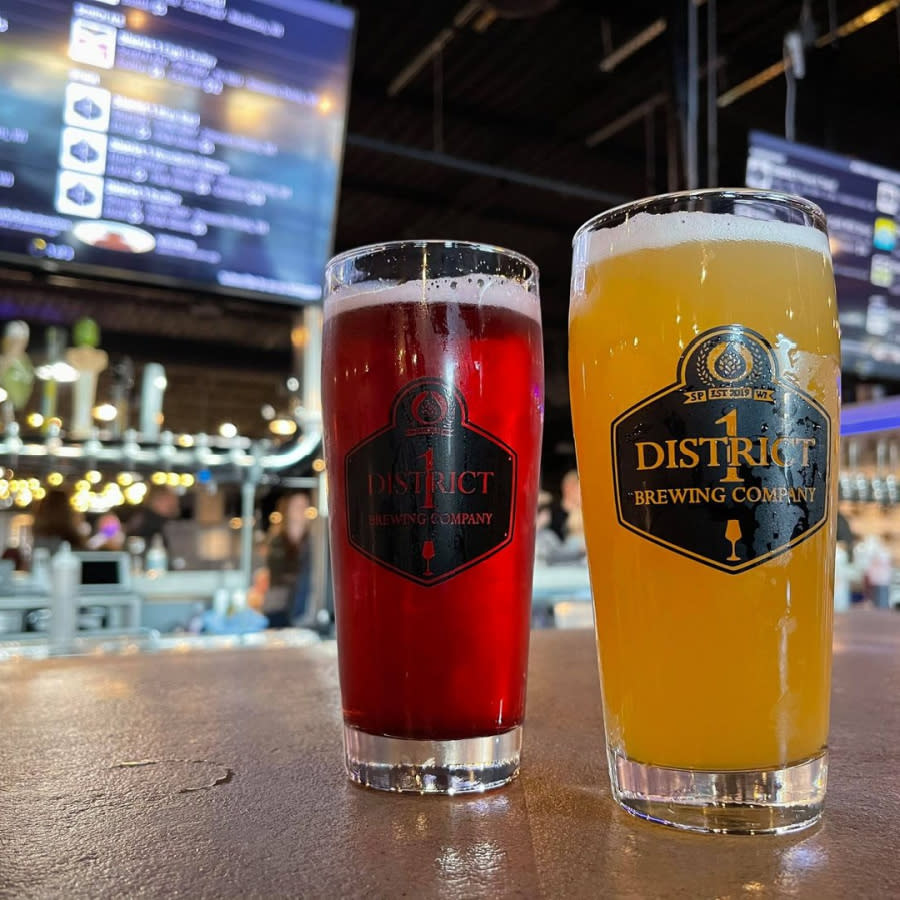Seawall Bar: Enjoy Drinks with Stunning Sea Views in Galveston
Seawall Bar: Enjoy Drinks with Stunning Sea Views in Galveston
Blog Article
Understanding the Craft of Purification: a Deep Dive Into Distillery Traditions
Discovering the elaborate art of purification introduces a globe steeped in time-honored practices that have shaped the spirits we delight in today. From the old beginnings of distillation methods to the contemporary evolution of distillery equipment, each action in the procedure carries with it a rich tapestry of background and expertise. As we explore the delicate equilibrium of conventional versus modern-day distilling techniques and discover the value of key components, a much deeper understanding emerges of the extensive influence distillery traditions have on the spirits we appreciate.
Origins of Distillation Methods
The development of purification strategies has an abundant background that traces back to old people. The idea of separating components based on their different boiling points laid the structure for the innovative purification processes we have today.
The earliest evidence of distillation days back to around 3000 BC in Mesopotamia, where clay pots were made use of to boil down perfumes and aromatic oils. The Egyptians further progressed these strategies, using distillation for medicinal objectives and embalming techniques. The Greeks, notably numbers like Aristotle and Hippocrates, added to the theoretical understanding of distillation.
With time, purification spread to areas like India, China, and the Center East, each culture including its one-of-a-kind touch to the craft. The development of distillation strategies proceeded with the Middle Ages and the Renaissance, at some point bring about the diverse array of purification processes used in modern-day distilleries worldwide.
Development of Distillery Equipment

With improvements in innovation and a deeper understanding of the distillation process, modern-day distilleries currently use a variety of sophisticated equipment to produce spirits of the best quality. Today, purification tools consists of column stills, reflux stills, and hybrid stills, each created to accommodate specific distillation requirements. These contemporary stills offer much better temperature policy, boosted purification accuracy, and better effectiveness in separating alcohol from impurities.
Along with stills, distilleries now make use of sophisticated condensers, fermenters, and purification systems to additional improve the distillate. The advancement of distillery tools proceeds to play an important function fit the diverse variety of spirits offered out there today.
Conventional Vs. Modern Distilling Practices
Conversely, modern distilling practices leverage advanced innovation and advancement to enhance manufacturing procedures and improve consistency. Automated systems, electronic controls, and advanced devices allow contemporary distilleries to create spirits much more effectively and with greater precision.
While traditional distilling practices are valued for their heritage and the unique tastes they generate, modern-day approaches supply benefits in terms of scalability, high quality control, and sustainability. By integrating clinical improvements and contemporary design, distillers can enhance manufacturing, minimize waste, and fulfill the needs of today's market better. Eventually, the option between modern-day and typical distilling methods usually depends on the distillery's goals, worths, and target market.
Key Ingredients in Distillation Process
Within the craft of purification, the option of vital components plays an important function in determining the taste account and top quality of the spirits created. The primary active ingredients utilized in the distillation procedure are generally water, yeast, and a fermentable resource such as grains, fruits, or sugarcane.
Water is a fundamental part as it not only dilutes the alcohol material to a palatable degree but additionally impacts the overall mouthfeel and structure of the spirit. The quality and mineral web content of the water utilized can significantly affect the last product.
Yeast is another necessary ingredient that transforms the sugars existing in the fermentable source right into alcohol through the process of fermentation. Various strains of yeast can generate varying scents and tastes, adding to the one-of-a-kind attributes of the spirit.

Impact of Distillery Traditions on Spirits
The impact of historical distillery customs on spirits expands past the option of key active ingredients, forming the extremely essence and personality of the final distilled products (Distillery in Galveston). These traditions, passed down with generations, play a vital function in defining the unique taste profiles and top qualities that differentiate one spirit from one more
Distillery practices incorporate a wide variety of techniques, from the details techniques utilized in purification to the selection of maturing procedures employed. For instance, making use of conventional copper pot stills in scotch manufacturing is thought to impart specific tastes and features that are highly valued by connoisseurs. The aging of spirits in oak barrels, a practice deeply rooted in distilling traditions, contributes to the development of complex aromas and tastes over time.

Conclusion
Finally, the customs of purification have a rich history that has progressed Seawall Bar with time. From the origins of distillation strategies to the modern-day practices, the impact of distillery customs on spirits is obvious. By recognizing the key ingredients in the distillation procedure and the evolution of distillery equipment, one can appreciate the workmanship and virtuosity that enters into creating premium spirits. Distillery customs play an essential role fit the spirits market and protecting the heritage of distillation methods.
Throughout the background of distillation, the equipment made use of in distilleries has undertaken significant advancement to enhance efficiency and quality of the purification procedure.With improvements in innovation and a deeper understanding of the distillation procedure, modern-day distilleries currently use a selection of advanced tools to generate spirits of the greatest high quality. Today, distillation equipment consists of column stills, reflux stills, and crossbreed stills, each created to cater to specific purification requirements. From the origins of purification techniques to the modern techniques, the effect of distillery customs on spirits is indisputable. Distillery traditions play a vital duty in shaping the spirits industry and protecting the heritage of distillation techniques.
Report this page